Old buildings have a special charm and even if in the past they had a more modest purpose, saving them can be a good choice. The most successful projects are those where old structures are largely preserved, resulting in an incredible combination of old and new. One such example is in the UK, where an old cattle shed, which in recent years had been used as a farm machinery store, has been converted for use as a library and office space. Oak beams and timbers were used for the transformation, an inspired choice to combine with the building's old brickwork. The furniture, which complements the interior, includes both old and new pieces made from the same oak. The transformation project was designed by architectural studio Crawshaw Architects, in London and was completed in 2021.

From animal stable to private library
The converted building is an annexe to Stanbridge Mill Farm in Dorset, UK. The main farm building, built in Georgian style, has also been beautifully converted. Underneath the main building flows a shallow river which runs a very well maintained water mill.
The converted library annex was originally an animal stable. But for more than 40 years it has been used as a store for machinery and agricultural tools for tending the garden. The main requirement was that the dark and long-derelict building be transformed into a pleasant, light-filled space that could be used for offices, but also as a library space to house a private collection of books on Palladian architecture. A special collection that served as the theme for the transformation of the space.
The name Palladian architecture comes from the Venetian architect Andrea Palladio (1508-1580). He reinvigorated the principles of ancient Roman architecture, emphasizing the importance of proportion, symmetry and the correct use of elements of the classical styles (Ionic, Doric and Corinthian). To honor this special collection, the architects conceived the transformation as a modern interpretation of classical proportions and symmetry.

Old brick on the outside, glulam and oak on the inside
From the start, the architects working on the project wanted to incorporate the old annex into the new story, even if it required a major interior transformation. The new building has a central nave flanked by two corridors, just like a classical library. These fit perfectly into the old architecture of the building so that from the outside it looks like the same old building. The project used materials and construction techniques very similar to traditional carpentry and blacksmithing, bringing together the old and the new.
The structural interventions were limited to the removal of two original timber trusses which were replaced with laminated laminated timber arched beams (glulam). This stabilized the exterior walls and allowed the vaulted ceiling of the central area to be created. In order to provide as much light as possible inside the library, three windows were made on the roof, the intervention being as discreet as possible and preserving the vaulted ceiling. To give the space the necessary height, the floor was lowered by 60 cm and the excavations were carried out entirely by hand.
The vaulting, arched beams, book shelves, tables and chairs are made from oak or layered oak. The oak was specially chosen to have as many knots and natural coloring so as to have an authentic rustic and natural look. Traditional joinery techniques were used to assemble the oak elements (cep and burrThe interior doors and windows were made to match the old exterior windows with black metal frames. All hardware is new but similar to the original iron fasteners.
From the outside, the old stable looks like it's been spruced up a bit, not that its appearance or purpose has changed. On the inside, however, major interventions have been made to make the building stronger, more comfortable and brighter. Everything has been done by preserving the good features of the old structure and discreetly integrating new elements, without clashes and in total harmony. Wooden structural elements and natural insulation materials were used and modern building techniques were combined with traditional ones. The result is a sustainable project, a bright and welcoming space and a building in perfect harmony with its site and architecture.
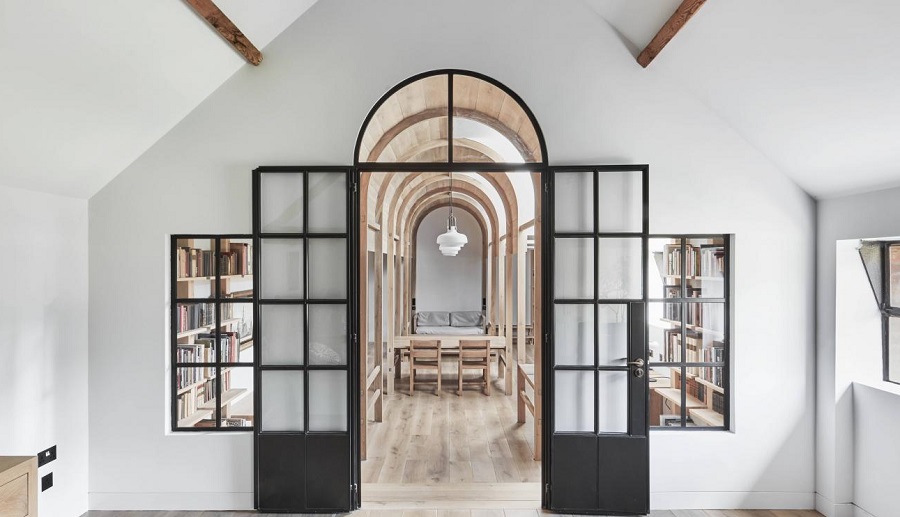
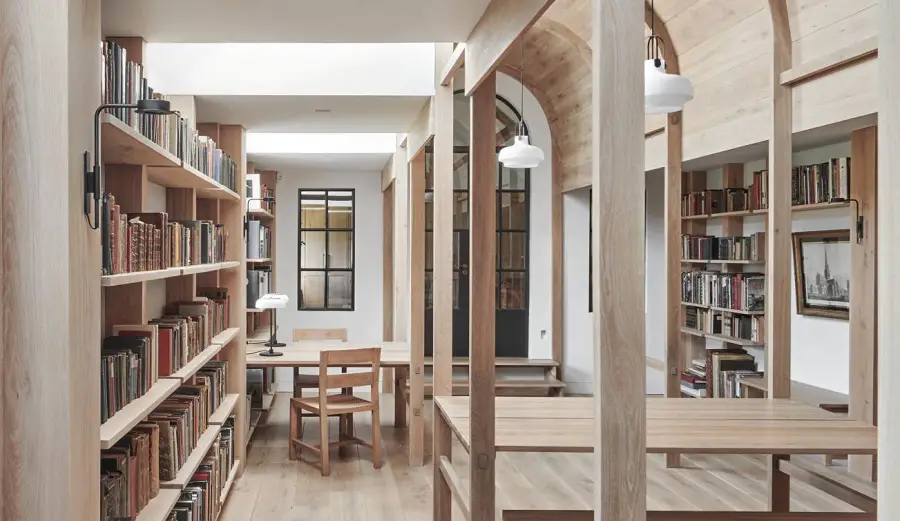
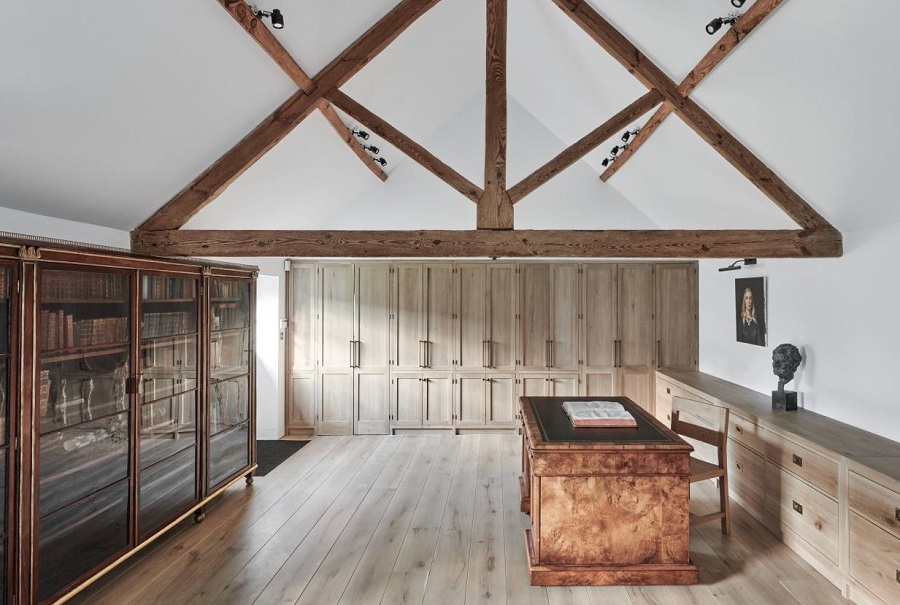
source of photos: wallpaper.com























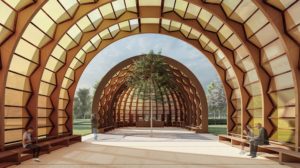


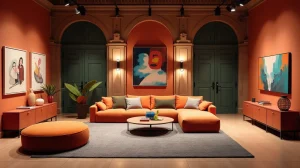


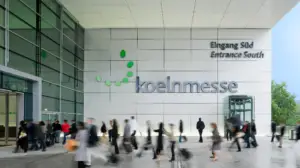



Add comment